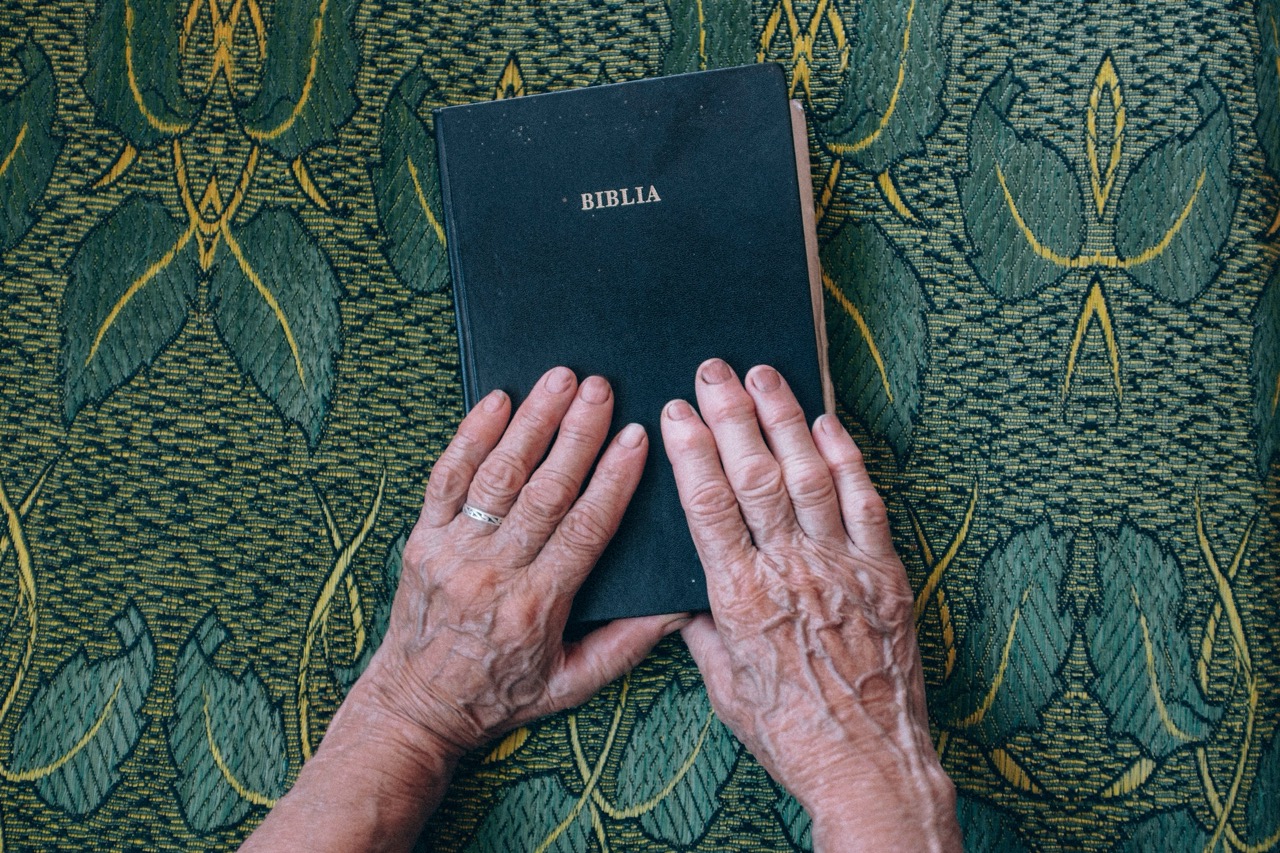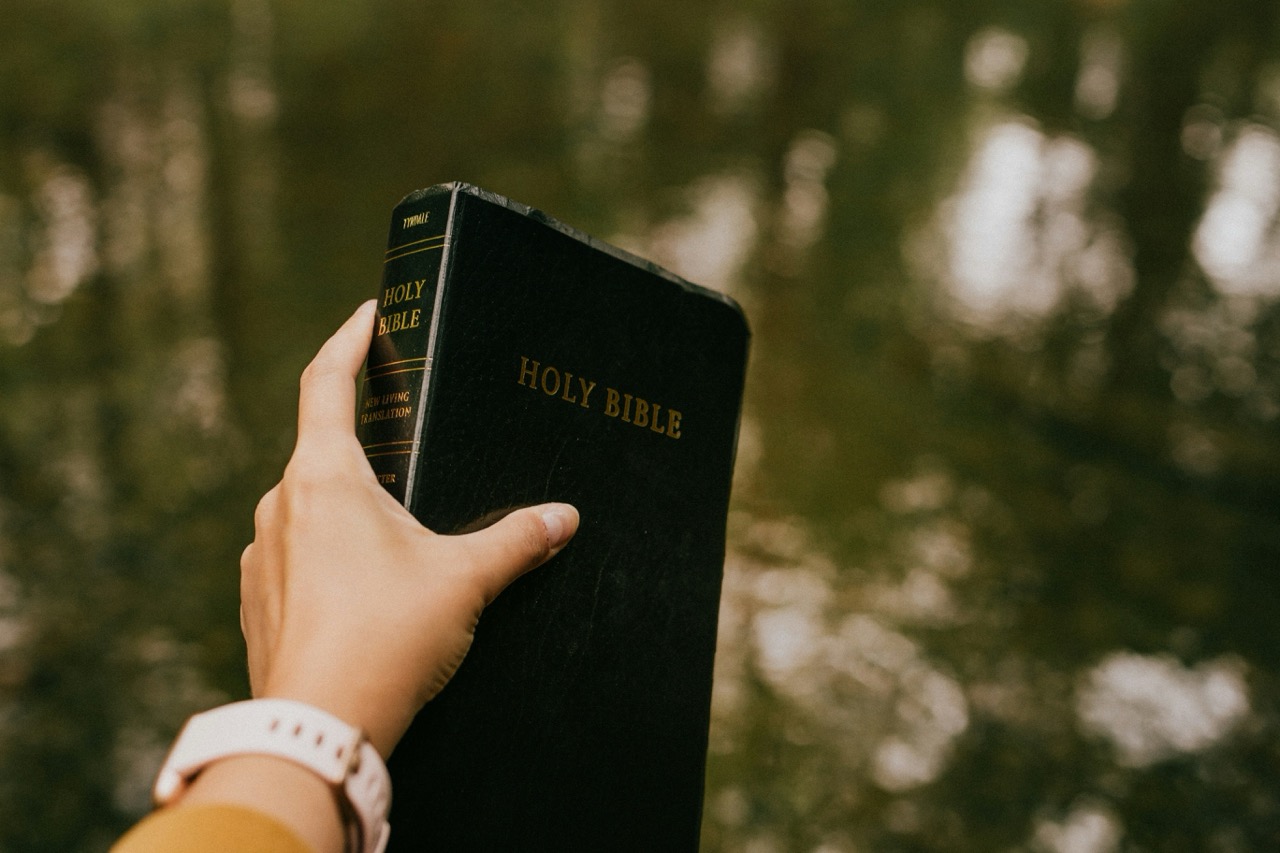The Last Supper: Embracing a New Covenant with Humanity

The Last Supper stands as one of the most significant events in the Christian tradition, encapsulating the profound moment when Jesus Christ shared a final meal with His disciples before His crucifixion. This poignant gathering, rich in symbolism and meaning, serves as the foundation for the Christian understanding of the New Covenant, a promise of redemption and love that transcends time. As we delve into the intricacies of this momentous occasion, we explore the setting, the guests, the meal, and the enduring legacy that continues to resonate with believers today.
The Setting: A Table of Transformation and Revelation
The Last Supper took place in an upper room in Jerusalem, a modest yet sacred space where Jesus gathered with His closest friends. This intimate setting was starkly juxtaposed against the tumultuous events brewing outside—a city rife with political tension and religious strife. The table, adorned with simple fare, became a focal point for profound revelations. It was here that Jesus would impart wisdom that would transform the lives of His disciples and, ultimately, the world. The atmosphere was charged with a sense of urgency, as Jesus prepared His followers for what lay ahead: betrayal, suffering, and the promise of resurrection.
As the evening unfolded, the ambiance shifted from one of celebration to somber reflection. Jesus took this opportunity to share His impending fate, revealing the weight of His mission and the necessity of His sacrifice. It was a moment of vulnerability, where the Savior of humanity acknowledged the trials He must endure. The disciples, unaware of the true magnitude of the moment, felt a mix of confusion and apprehension. This table, once a space of fellowship, transformed into a stage for divine revelation, where Jesus prepared to unveil the depths of His love for humanity.
The Last Supper was not merely a meal; it was a transformative experience that foreshadowed the establishment of a New Covenant. By gathering His disciples in this sacred space, Jesus signified the importance of community and unity in the face of impending adversity. This setting became a microcosm of the larger narrative of salvation, as the table represented not just a physical gathering but a spiritual convergence that would reverberate through generations to come.
The Guests: Disciples, Doubts, and Divine Promises
The guests at the Last Supper included the twelve disciples, each representing a unique facet of humanity. From the fervent Peter to the doubting Thomas, these individuals embodied a spectrum of faith, loyalty, and uncertainty. As Jesus broke bread, He acknowledged the complexities of their relationships, including the betrayal that loomed over the evening, as Judas Iscariot prepared to betray Him. This betrayal underscored the fragility of human trust, a poignant reminder that even in the closest circles, doubt can seep into the bonds we cherish.
Amidst the air of foreboding, Jesus addressed the doubts and fears of His disciples. He reassured them with promises of comfort and guidance, emphasizing that they were not alone in their journey. His words were filled with grace, instilling hope in the hearts of those who would soon feel lost. The invitation to partake in His upcoming sacrifice became a call to embrace faith in the face of uncertainty. Through this gathering, Jesus illuminated the path for His disciples, urging them to remember that love and forgiveness would ultimately prevail over betrayal and despair.
Each disciple brought their own struggles and doubts to the table, a testament to the human condition. Yet, it was within this communal experience that Jesus extended His grace, transforming their doubts into faith and their fears into a commitment to spread His message. The Last Supper served as a crucible for their growth, ensuring that even in the darkest hours, they would carry forth the divine promise of love and redemption, instilled in them by their teacher.
The Meal: Bread and Wine as Symbols of New Beginnings
Central to the Last Supper was the sharing of bread and wine, simple elements that would take on monumental significance. Jesus took the bread, blessed it, broke it, and gave it to His disciples, declaring, "This is my body, given for you." In that moment, the act of breaking bread transformed into a profound symbol of His impending sacrifice. The bread represented not only His physical body but also the nourishment He would provide to His followers, both in spirit and in truth. It was an invitation to partake in a new way of relating to God, one marked by grace and redemption.
Following the bread, Jesus took the cup filled with wine, proclaiming it as "the new covenant in my blood, which is poured out for you." This declaration redefined the relationship between God and humanity, moving from the old covenant of law to one of love and grace. The wine symbolized Jesus’ sacrificial blood, foreshadowing the ultimate act of redemption that would occur on the cross. By sharing this cup with His disciples, Jesus invited them into a transformative fellowship that transcended mere ritual, compelling them to embrace their roles as bearers of His message of love.
The meal at the Last Supper, therefore, was not an end but a new beginning. It laid the foundation for the sacrament of communion, a ritual that continues to connect believers to Jesus’ sacrifice and to one another across time and space. The bread and wine remind us of the call to live in unity, embodying the love that Christ demonstrated. In sharing this meal, the disciples were entrusted with a mission that would transcend their individual doubts and fears, urging them to be the hands and feet of Christ in a world desperately in need of hope.
The Legacy: A Covenant of Love for Future Generations
The legacy of the Last Supper is profound, transcending the moment in which it occurred and embedding itself in the very fabric of Christian faith. With the establishment of a New Covenant, Jesus offered humanity a transformative relationship grounded in love, grace, and forgiveness. This covenant was not restricted to the eleven remaining disciples but extended to all who would come to believe in Him. It invites every person into a relationship marked by divine love, emphasizing that salvation is available to all, regardless of their past.
This new understanding of covenant reshaped the way followers of Christ engage with their faith and with one another. The call to love one another as Jesus loved His disciples became central to the Christian ethos. The Last Supper served as a blueprint for community, urging believers to reflect the sacrificial love of Christ in their relationships. As the disciples went forth to share the Gospel, they carried with them the essence of that evening—a commitment to love, serve, and nurture one another amidst the trials of life.
In modern times, the legacy of the Last Supper continues to inspire countless believers. The celebration of communion is a ritual of remembrance and a celebration of the hope that Jesus instilled in His followers. It serves as a reminder of the invitation to partake in a divine relationship that transcends temporal boundaries, encouraging future generations to embrace the New Covenant with open hearts. The message of love, forgiveness, and unity remains a guiding light, illuminating the path of faith for all who seek to follow in the footsteps of Christ.
The Last Supper is more than a historical event; it is an enduring testament to the transformative power of love and sacrifice. Through the intimate gathering of Jesus and His disciples, we witness the unveiling of a New Covenant that invites humanity into a relationship marked by grace and hope. As we reflect on this sacred meal, we are reminded of our call to embody these values in our own lives, fostering communities of love and support that resonate with the teachings of Christ. Ultimately, the legacy of the Last Supper continues to inspire and challenge us, urging us to embrace a covenant of love that transcends time and space, inviting all into the transformative journey of faith.




